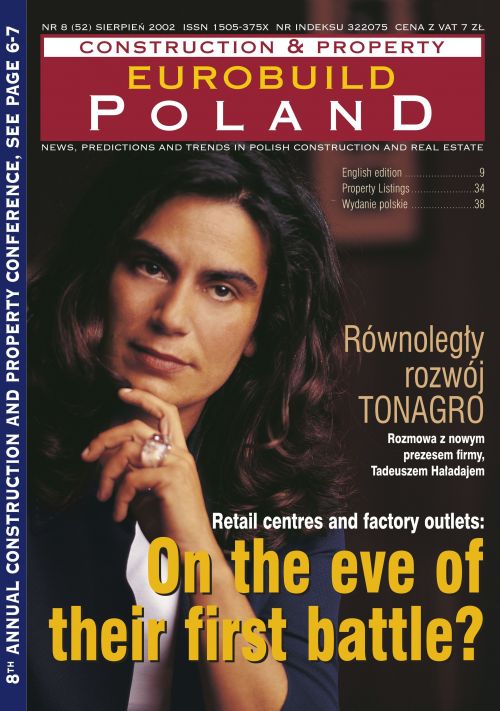Factory outlets in Western Europe are successful, because their brand
goods sell at prices 30% lower than anywhere else. Will such an opportunity cause Polish
retailers to lose customers? We will know the answer to this question at the end of this
year, when Factory Outlet in Ursus, Warsaw,
is opened by the Spanish company Neinver.
At the time of the West's factory outlet boom in the mid-1990s, the
first modern retail centres were just starting up in Poland. Whilst Poland's first factory
outlet will only open this year, there are already as many as 77 in the rest
of Europe.
They are not competition
The history of factory outlets dates back to the beginning of the 20th century. They
first appeared in 1915 in the USA as "factory stores" and there are now over 600
such developments in the USA.
The English, (then later the Germans and the French), imported the concept to Europe and
it is here where the business is most well-developed.
&q






























































